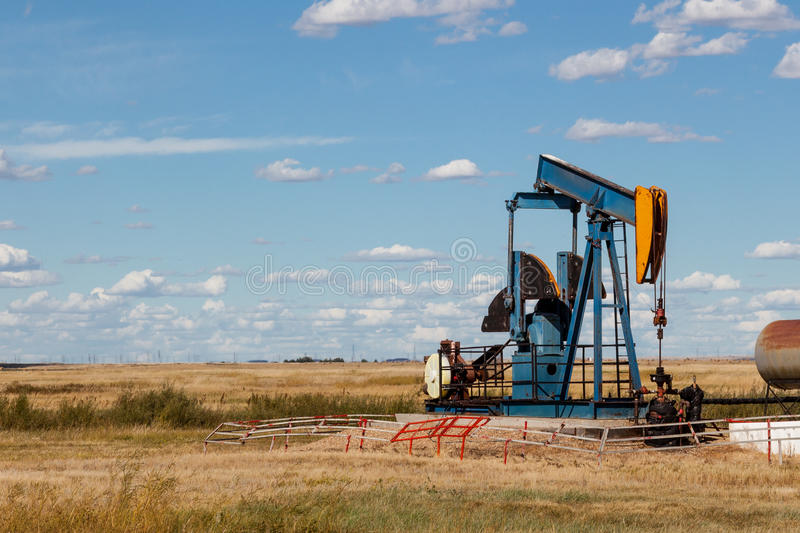Article Archive
Article Archive
- Introduction of Cement Slurry System (Part 1)
- Introduction of Cement Slurry System (Part 2)
- Introduction of Cement Slurry System (Part 3)
- Introduction of Cement Slurry System (Part 4)
- High Temperature and High Pressure Cementing Technology
- Low Density Cementing Slurry Technology
- Anti Gas Channeling Cementing Technology
- Drag Reducing Agents (DRA) or Drag Reducers (DR)
- Nitrogen Surfactant Compound Huff and Puff Technology
- Oil Washing Technology for Increasing Production
The cementing technology of geothermal well is mainly composed of cement slurry system aiming at geothermal high temperature solution. Cement slurry system ZOC-Them is ZORANOC's technical plan for geothermal well cementing.
The ZOC-Them cement slurry system is mainly made of low-density inert filler ZOC-P69 as a lightening agent, and the silicon material ZOC-C81 is used as a high-temperature decaying agent. When the cement slurry is obtained from 1.50-1.75g/cm³, it can be cured. The cement stone produces Tobermorite and Xonolite with relatively high strength at the hot temperature to prevent the strength degradation of the cement stone at high temperatures. At the same time, the low-density inert filler also imparts the toughness of the cement stone and changes the thermal expansion coefficient of the cement stone, which can prevent the thermal shock damage of the cement stone due to the large temperature difference during the thermal recovery process. The system has a pumping temperature range of 30 °C to 90 °C, and the upper limit of the thermal recovery temperature can reach 350 °C, so it can meet the technical requirements for cementing construction such as SAGE, CSS and other thermal recovery processes. Application conditions:
‒ Thermal well cementing operation.
‒ CSS cementing operations.
‒ Cementing operation of SAGD.
System advantages:
‒Low temperature solidification can be achieved by early strength agent.
‒The maximum temperature for heat recovery is up to 350 °C.
‒It can change the toughness and expansion coefficient of cement stone to prevent thermal shock damage of cement stone.
‒The low-density system meets the requirements for full-sealing of thermal wells.




